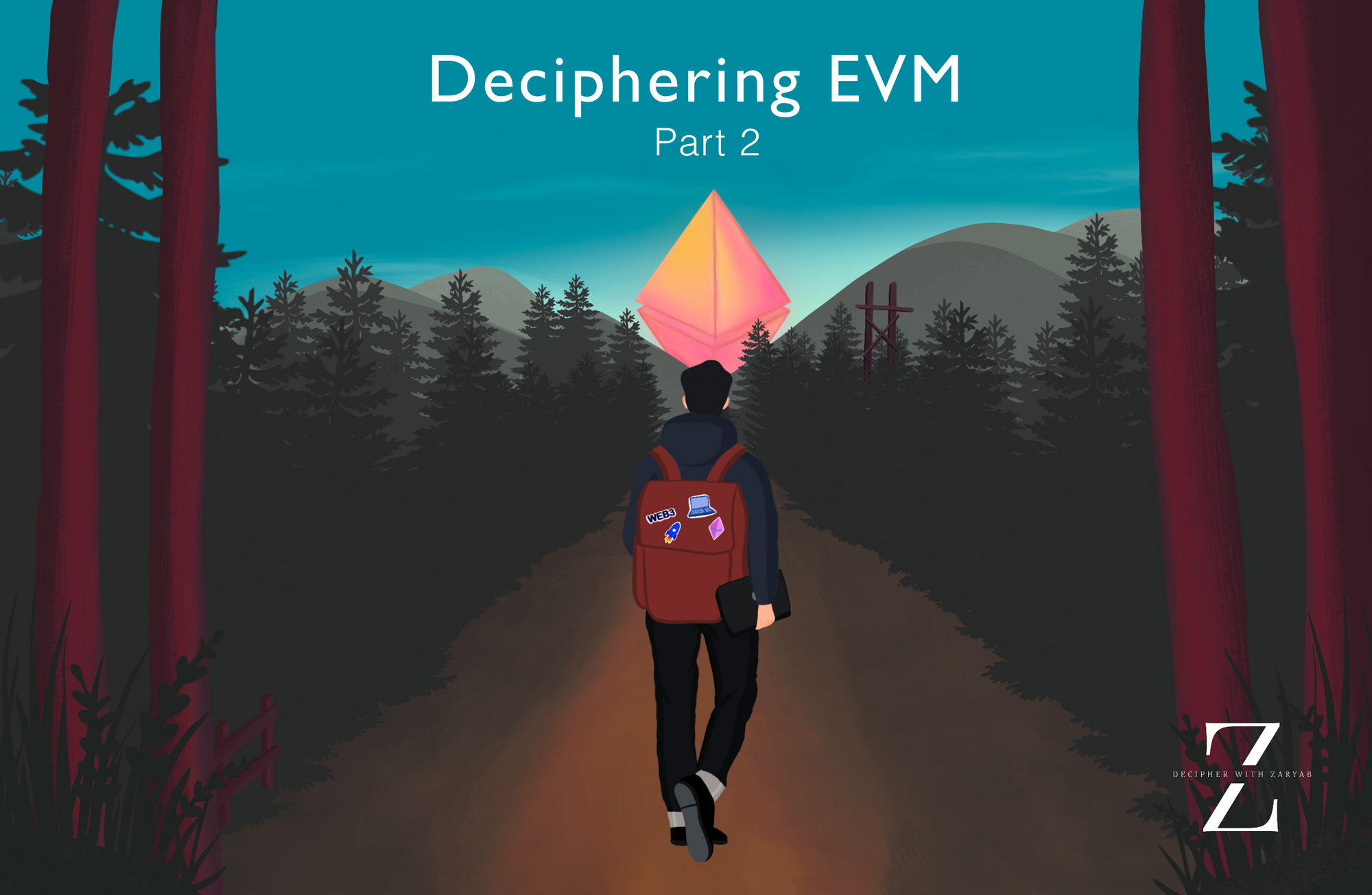Openzeppelin recently released version 5 of the solidity libraries. In this article, you, as a developer will get to know the imperative changes and updates.
The minimum solidity version for using OZ libraries is also now bumped up to 0.8.20. You might face problems working with this version

